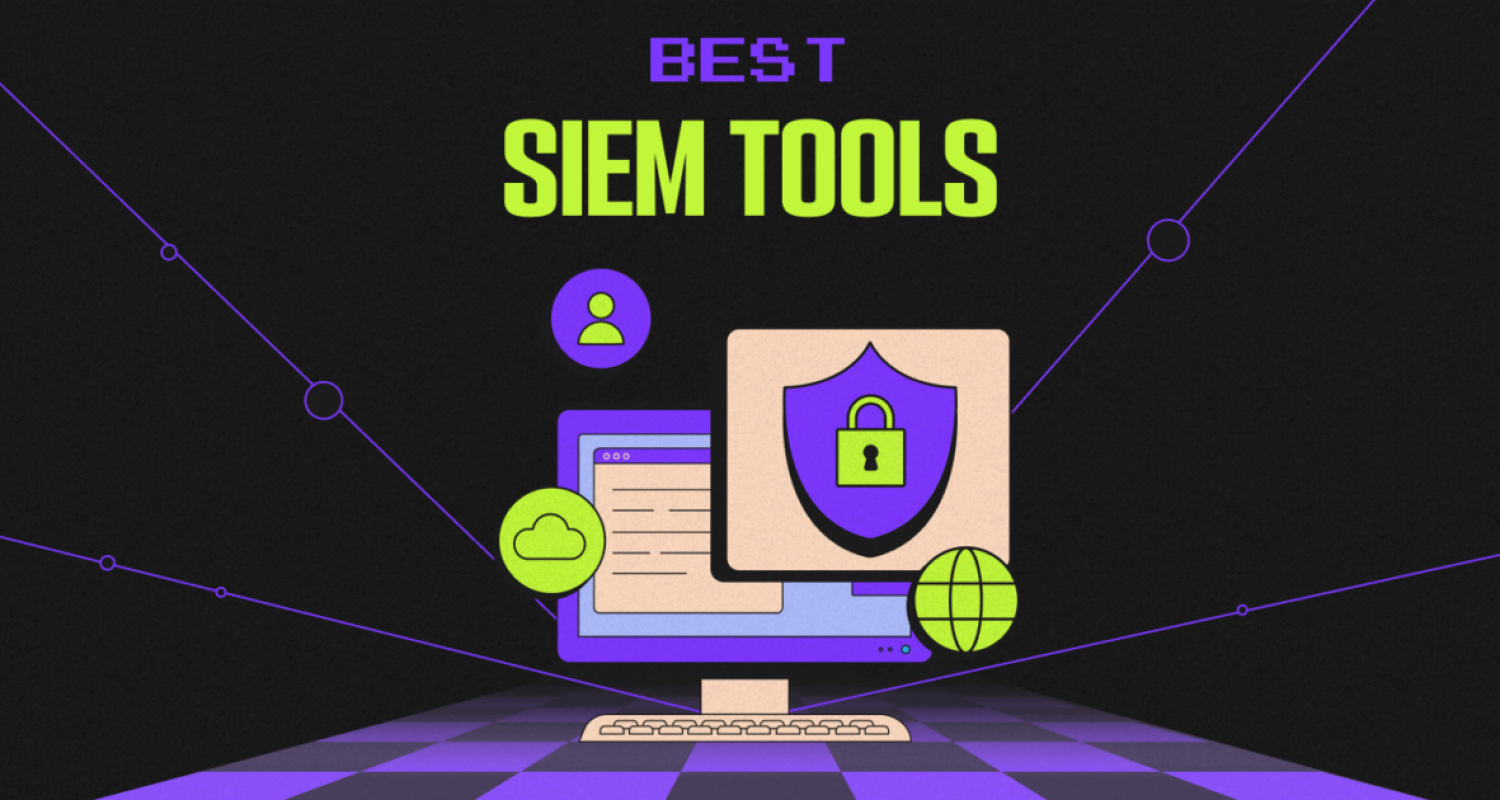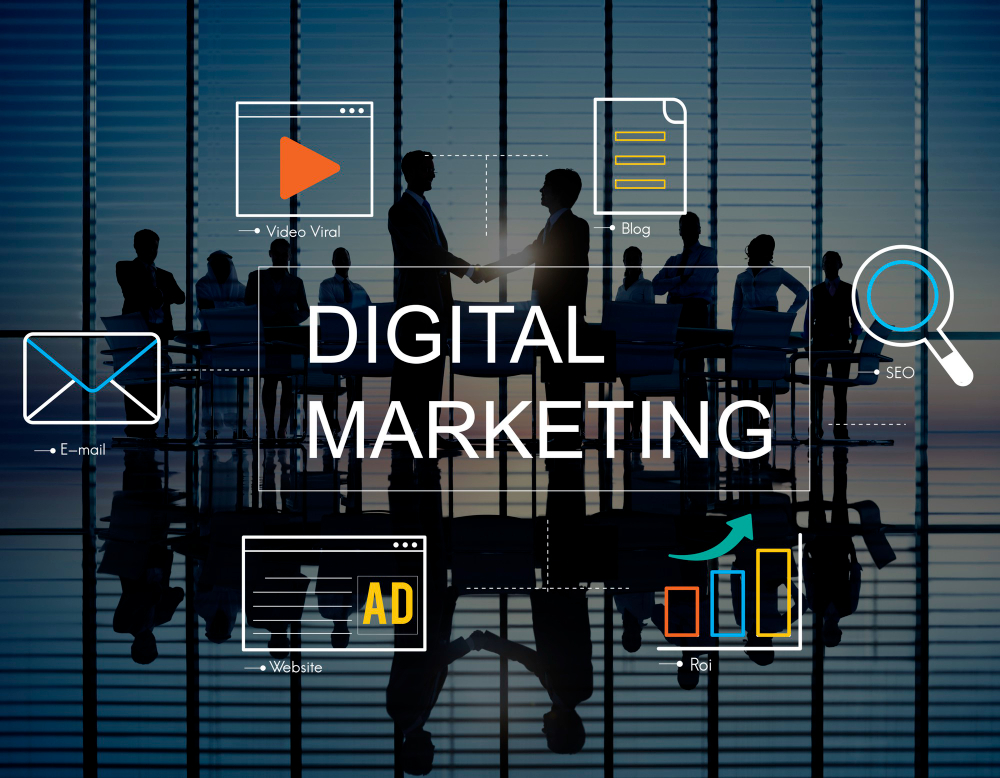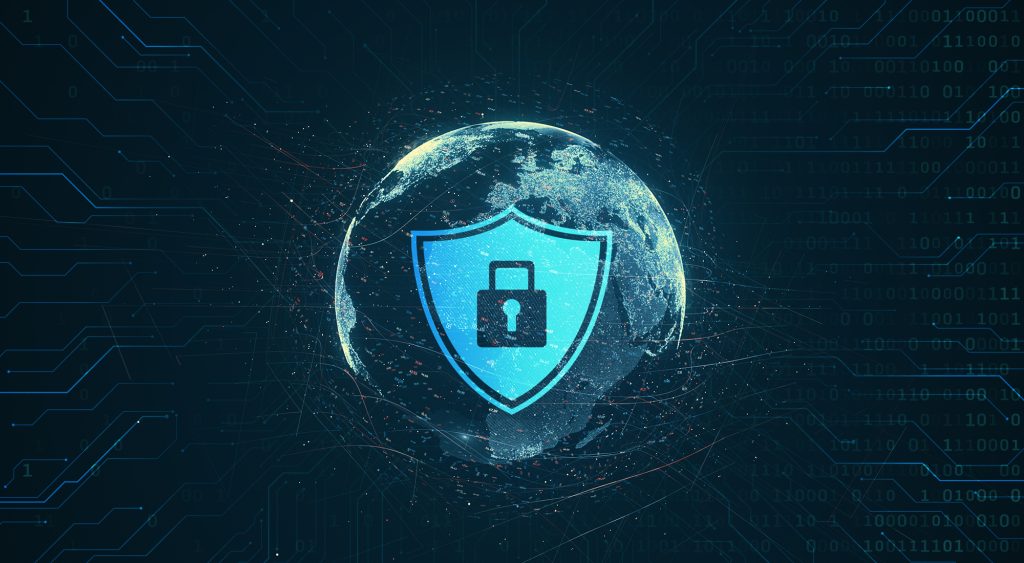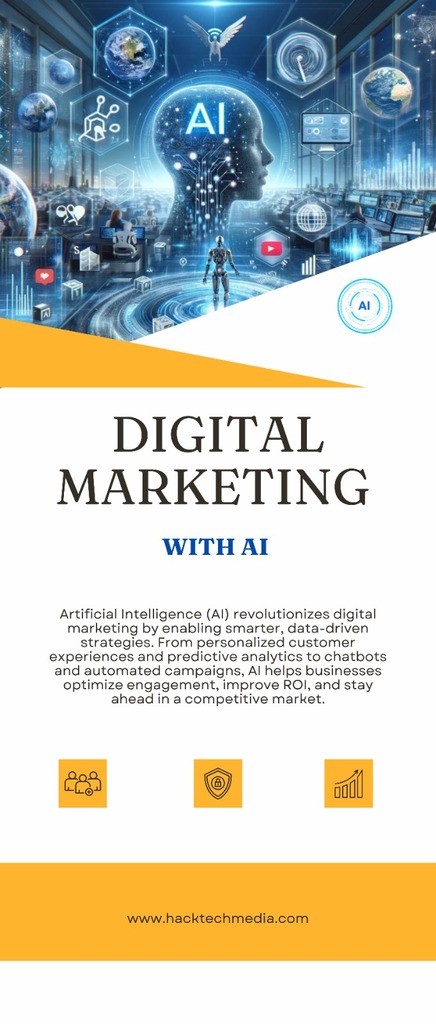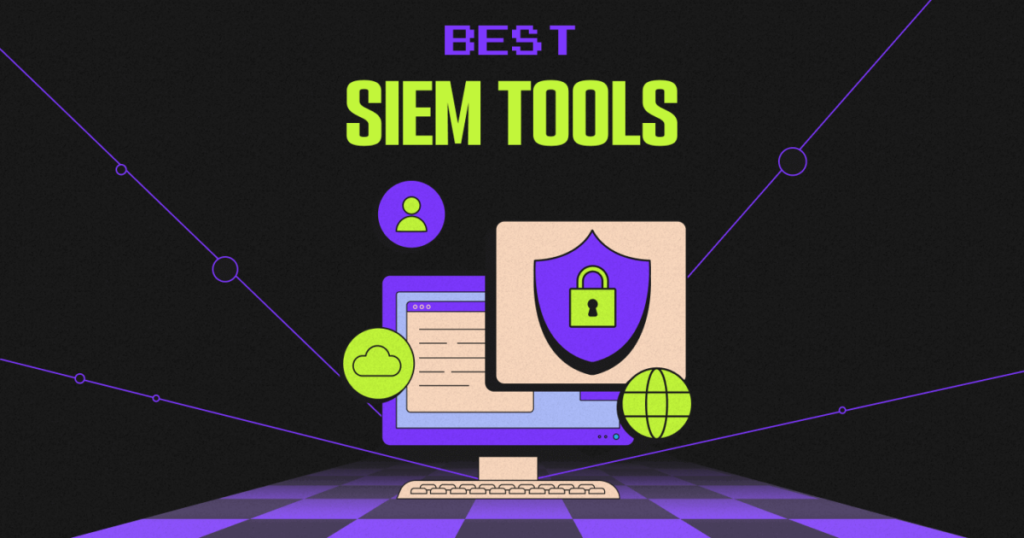
In today’s ever-evolving digital landscape, cybersecurity is no longer a luxury—it’s a necessity. Businesses across industries face an onslaught of sophisticated cyber threats, compelling them to adopt innovative solutions to safeguard their assets. One of the most powerful tools in the cybersecurity arsenal is Security Information and Event Management (SIEM). By combining security innovations with advanced analytics, SIEM solutions empower organizations to detect, analyze, and respond to threats effectively.
This blog explores the top 10 SIEM tools transforming industries, showcasing their features and why they’re indispensable in maintaining robust cybersecurity defenses. We’ll also highlight how SIEM solutions, security innovations, and industry tools come together to create a safer digital ecosystem.
What is SIEM, and Why is it Crucial?
SIEM is a comprehensive solution that aggregates security data from multiple sources within an organization, analyzes it for anomalies or threats, and provides actionable insights. This helps organizations monitor security, ensure compliance, and respond swiftly to incidents. SIEM tools are pivotal in industries like finance, healthcare, retail, and manufacturing, where sensitive data and compliance requirements demand advanced protection mechanisms.
Key Benefits of SIEM Solutions:
- Real-Time Threat Detection: Continuously monitors systems for suspicious activities.
- Centralized Logging: Aggregates logs from various devices, enabling streamlined analysis.
- Compliance Support: Ensures adherence to regulations like GDPR, HIPAA, and PCI DSS.
- Enhanced Incident Response: Provides actionable insights to mitigate risks swiftly.
- Customizable Dashboards: Offers tailored views to monitor and manage security effectively.
Top 10 SIEM Tools Transforming Industries
1. Splunk Enterprise Security
Splunk is a leading SIEM solution known for its robust data analytics and real-time insights. It enables industries to monitor threats, detect anomalies, and automate responses.
Key Features:
- Machine learning for advanced threat detection.
- Scalable data ingestion from diverse sources.
- Compliance tracking for regulations like SOX and PCI DSS.
Why It Stands Out:
Splunk’s intuitive dashboards and scalability make it a favorite among financial and healthcare industries. Its security innovations drive proactive defenses.
2. IBM QRadar
IBM QRadar integrates seamlessly with existing infrastructure, offering unparalleled threat detection and response capabilities.
Key Features:
- AI-driven threat intelligence.
- Integration with cloud and on-premises systems.
- Automated incident prioritization.
Industry Use Case:
Retailers leverage QRadar to protect sensitive customer data, ensuring compliance with industry regulations.
3. ArcSight Enterprise Security Manager (ESM)
Micro Focus’s ArcSight ESM excels in correlation analytics, enabling industries to detect and address multi-vector attacks.
Key Features:
- Real-time correlation of security events.
- Open architecture for integrations.
- Advanced reporting tools.
Why Industries Choose It:
Manufacturers appreciate ArcSight for its ability to detect advanced persistent threats targeting IoT devices.
4. Azure Sentinel
Microsoft’s cloud-native SIEM solution is perfect for organizations leveraging Azure infrastructure.
Key Features:
- AI and machine learning-powered analytics.
- Integration with Microsoft 365 and other Azure services.
- Cost-efficient cloud scalability.
Industry Impact:
IT service providers use Azure Sentinel for its seamless integration and ability to monitor distributed networks.
5. Sumo Logic
Sumo Logic combines log management with advanced analytics, offering a highly efficient SIEM platform.
Key Features:
- Continuous intelligence for threat detection.
- Cloud-native architecture.
- Automated anomaly detection.
Why It’s Transformative:
Startups and SMBs favor Sumo Logic for its affordability and user-friendly interface.
6. LogRhythm NextGen SIEM
LogRhythm provides an intuitive platform for rapid threat detection and response, making it a popular choice among enterprises.
Key Features:
- Predefined compliance modules.
- AI-enabled behavioral analytics.
- Integrated SOAR (Security Orchestration, Automation, and Response).
Real-World Application:
Energy companies rely on LogRhythm for its ability to secure critical infrastructure.

7. Elastic SIEM
Built on the Elastic Stack, this open-source SIEM solution is both powerful and flexible.
Key Features:
- Free and open-source framework.
- Advanced search and visualization tools.
- Real-time monitoring with low latency.
Why Choose Elastic SIEM:
Tech companies often use Elastic SIEM for its ability to handle large datasets efficiently.
8. SolarWinds Security Event Manager (SEM)
SolarWinds SEM is a cost-effective SIEM tool designed for SMBs and enterprises alike.
Key Features:
- Real-time log analysis.
- Automated threat remediation.
- Simple deployment and configuration.
Industry Usage:
Educational institutions benefit from SolarWinds’ straightforward interface and compliance support.
9. RSA NetWitness Platform
RSA’s SIEM tool combines threat detection, response, and forensics in one platform.
Key Features:
- Comprehensive threat visibility.
- Multi-layered attack detection.
- Scalable for enterprise use.
How It Transforms Security:
Banks leverage RSA NetWitness for its precision in detecting financial fraud and insider threats.
10. McAfee Enterprise Security Manager
McAfee’s SIEM platform provides a unified approach to security management, integrating seamlessly with other McAfee tools.
Key Features:
- Contextual threat intelligence.
- Automated workflows for rapid response.
- Extensive compliance support.
Popular Use Case:
Government agencies use McAfee for its robust compliance tracking and large-scale monitoring capabilities.
SIEM Solutions: Security Innovations for Modern Challenges
What makes SIEM tools indispensable is their ability to incorporate cutting-edge security innovations:
- Machine Learning: SIEM platforms increasingly use AI and ML to predict and prevent sophisticated threats.
- Behavioral Analytics: Detect anomalies based on user and entity behavior.
- Automation: Reduces response times by automating repetitive tasks.
- Cloud Integration: Ensures seamless monitoring of hybrid and cloud-based environments.
These advancements empower organizations to not only detect threats but also adapt to evolving cyber landscapes proactively.
Choosing the Right SIEM Tool for Your Industry
When selecting a SIEM solution, consider the following factors:
- Industry Compliance Needs: Tools like IBM QRadar and LogRhythm excel in compliance tracking.
- Scalability: Cloud-native solutions like Azure Sentinel and Sumo Logic are ideal for growing organizations.
- Ease of Use: For businesses without dedicated IT teams, SolarWinds SEM offers an accessible interface.
- Budget: Elastic SIEM is a cost-effective option for those looking to start with open-source solutions.
Future Trends in SIEM Solutions
As industries continue to embrace digital transformation, the future of SIEM solutions will likely revolve around:
- AI-Driven Security: Advanced predictive analytics to counter zero-day threats.
- Cloud-Native SIEM Tools: Enhanced scalability and flexibility for remote work environments.
- IoT and OT Security: Protecting connected devices and operational technology.
By staying ahead of these trends, organizations can leverage SIEM solutions to secure their operations and foster growth.
Conclusion
From protecting sensitive financial transactions to safeguarding healthcare records, SIEM tools play a pivotal role in enhancing cybersecurity across industries. The integration of SIEM solutions, security innovations, and industry tools has redefined how organizations approach threat detection and response.
As cyber threats grow more sophisticated, adopting the right SIEM tool can mean the difference between security and vulnerability. Explore the options discussed above to transform your cybersecurity strategy and protect your digital assets effectively.

